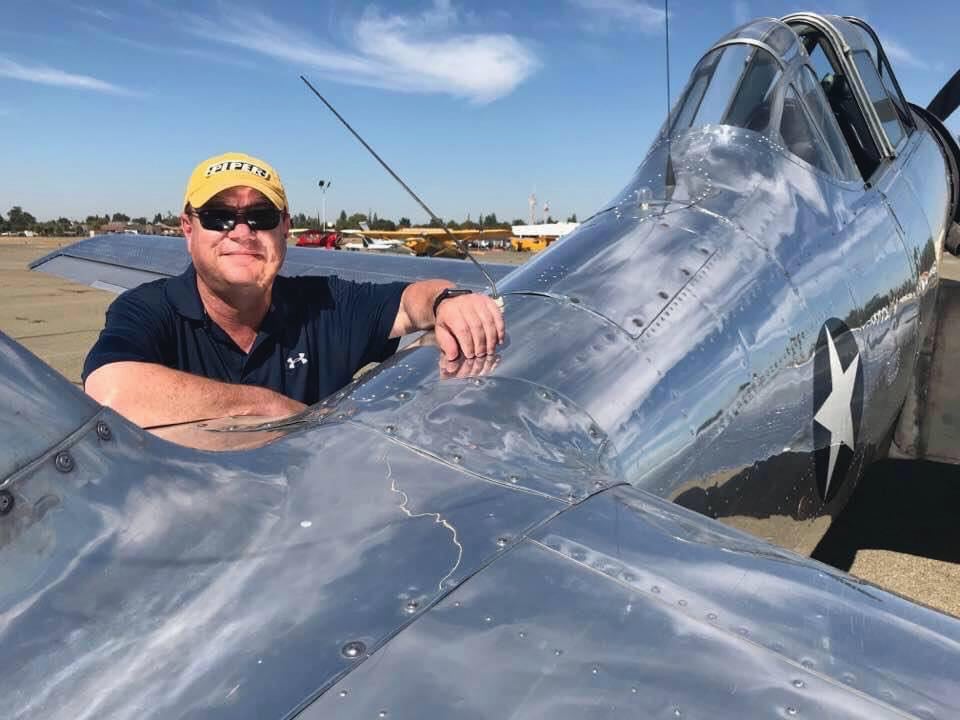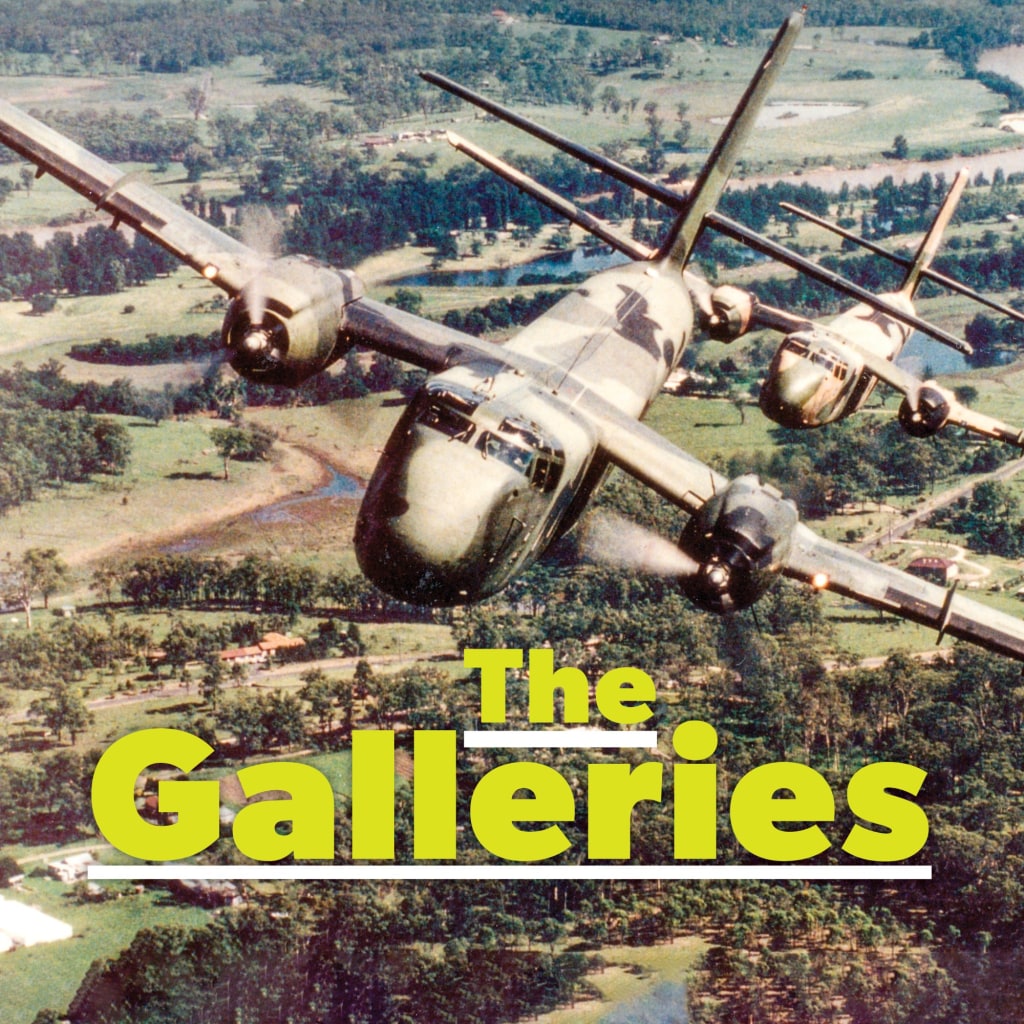
Andrew reflecting on his flight in the T-6 Texan in the US
Andrew reflecting on his flight in the T-6 Texan in the US
Industry Influencers: Andrew Warland-Browne
While you may or may not know the name, if you have a pilot licence in Australia you will definitely know at least some of his work. Aero Circus digs down the back of the couch.
Andrew Warland-Browne learned to fly in 1992 at Gil Layt’s Flying School at Archerfield near Brisbane. By taking on training full time, he managed to achieve CPL in just eight months. Another three months saw an instructor rating, then at a mere 26 years of age he became the CFI for the school. That was followed a year later by becoming an Approved Testing Officer. What an under-achiever!
Visual Pilot Guides
When Archerfield attained the dubious honour of having about 37 per cent of all airspace incursions in Australia, CASA called a meeting of all the CFI’s at the airfield. They were looking for ways to reduce these incidents. Andrew suggested creating a ‘mud map’ of how to get in and out of Archerfield for each of the four pairs of runways, with photos so pilots would know what they should be seeing from the air.
CASA then asked Andrew if he would help produce what ultimately became the Archerfield Visual Pilot Guide. Within one month of publication, incursions at Archerfield had decreased to 11 per cent of the national total. This then led to the creation of the Sydney Basin VPG along the same lines.
The pilot’s bible
In 1999, Andrew was approached by CASA to write the new Visual Flight Rules Guide. He agreed on the condition that he could use pictures to explain things where appropriate. CASA agreed and gave him eight weeks to complete the project. Surely one afternoon would have been plenty?
In Andrew’s words: “I pulled apart the AIP to put it back in an order that would work for the average GA pilot. We had to have the whole AIP retyped as we couldn’t get our own text back from AirServices in a format we could use, hence the many speling mestakes in the first edition.”
“The funniest feedback I received was from a pilot who apologised for reading the VFRG on the toilet. He added that he has never taken the AIP into the toilet to read! I have always wondered if it wasn’t to read, what did he take it in there for?” Maybe he was solving a COVID problem 20 years before the fact.
In 2000, Andrew joined CASA full time where his first task was to educate pilots intending to fly around during the Sydney Olympics. This included that the restricted areas are based on the times of day that the sports are playing at each site, it varies every day and multiple times during the one day. Simple!
The CASA years
So, after all that fun, what was next? “Simply put, working for CASA’s Aviation Safety Promotion team is a continual battle with what is killing pilots and how can we help reduce the rate. No simple task I can assure you.”
Some of Andrew’s other brainchildren while at CASA included designing and producing guided navigation exercise videos. These were aimed at pilots who were getting lost or misreading their GPS and wandering into controlled airspace.
Then there was a travelling gameshow called ‘Slipstreamers’ which was used to find out what pilots didn’t know. “We gave away tens of thousands of dollars’ worth of prizes and for that we found that most pilots didn’t know how far a TAF covered from an aerodrome, what a flashing white light aimed at your aircraft on the ground meant and what Charles Kingsford Smith’s middle name was. It was Edward, by the way.”
When trying to solve the issue of pilots flying into bad weather, Andrew and his team came up with ‘Crash Scene Investigation’. This allowed the audience to become an aircraft crash investigator for a day rather than just listening to the experts in a seminar situation.
Soon after, CASA went in a different direction and created the Aviation Safety Advisor team, which was based on the very successful New Zealand CAA model. “Our AvSafety team grew and took on such things as the changes from GAAP to Class D airspace, and the new flight crew licensing regulations, but after 15 years, I was getting a little burnt out,” Andrew says.
“After countless days on the road away from home, meeting thousands of pilots and engineers, it was time to try something new. I worked with such a great team of safety practitioners. It was a difficult decision to leave, however it was the right time.”
Back to reality
After taking a year off to travel the world, Andrew found himself running a flying school in Fiji, before being head-hunted to run a safety management system for a group of flying schools in Melbourne. Ironically, that was the one that CASA controversially shut down after approving it.
Andrew recently returned to Brisbane to join QGAir, the Queensland emergency services air wing. Here he has helped them finally obtain an AOC and is currently rewriting the Ops Manuals.
We think we all owe Andrew for making the rules of flying more easily comprehensible.












